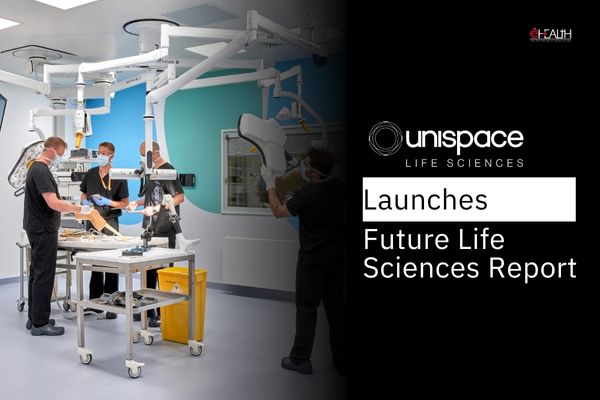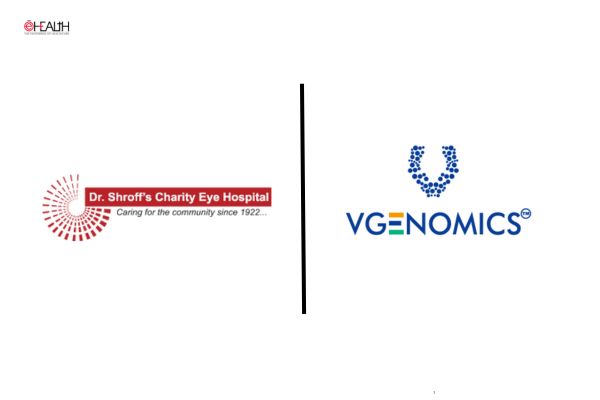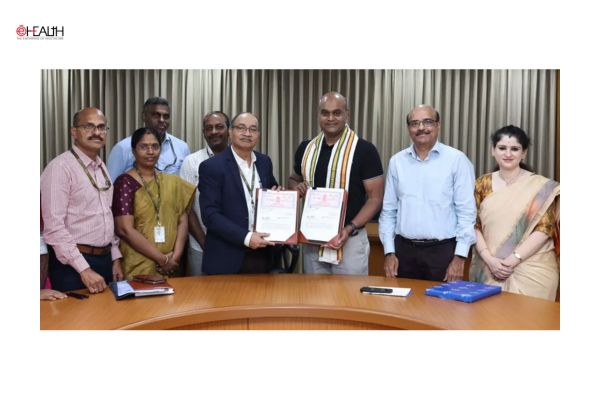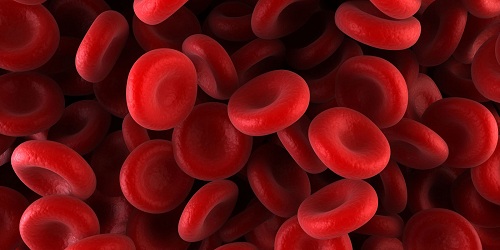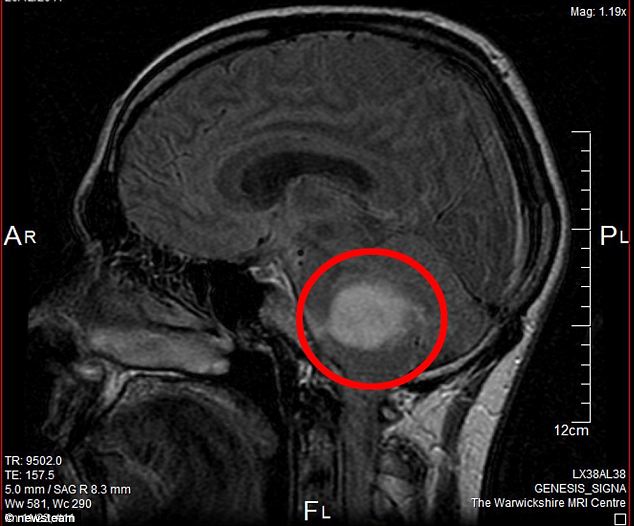
Magnetic resonance elastography (MRE) can be an accurate, non-invasive tool to identify liver fibrosis in children, which has emerged as a significant cause of global health burden, finds a new study.
Nonalcoholic fatty liver disease (NAFLD) is now the most common cause of chronic liver disease in children, and scarring of the liver, known as fibrosis. Advanced liver fibrosis results in cirrhosis, liver failure, and portal hypertension and often requires liver transplantation.

In a pediatric study, which was published online in the May 11 edition of the journal Hepatology, researchers at University of California San Diego School of Medicine found that 2D MRE could be used to estimate hepatic stiffness (scarring) in children.

“One of the challenges we face when uating a child with NAFLD is to determine the severity of their disease. A major component of that assessment is the staging of the amount of scar tissue seen from a liver biopsy. In MAGNET (MRI Assessment Guiding NAFLD uation and Treatment), we demonstrated that 2D MRE could be used to estimate hepatic stiffness (scarring) in these children,” said Jeffrey Schwimmer, co-author of the sudy.

“We also identified a roadmap to help navigate future use of MRE technology. Ultimately, MRE may be most useful for monitoring the progression or improvement in children with NAFLD,” he added.

Schwimmer said that the UC San Diego research team is now exploring the potential of 3D MRE. Further refinement of 2D and 3D MRE, the researchers said, would help close the gap between where each technology is today and where it needs to be useful for children.
“One of the challenging parts of uating liver disease in children is determining the numeric cut-off for a positive diagnosis of fibrosis,” said B. Sirlin, who was the study’s senior author.
“Radiologists and gastroenterologists using MRE should be aware that the interpretation in children may not be the same as in adults. Getting this right has real-world implications.”
MRE is an imaging tool that measures the stiffness and elasticity of soft solid organs. MRE has emerged from being only a research tool to becoming clinically available on a large percentage of MRI scanners in medical centres across the world.
Be a part of Elets Collaborative Initiatives. Join Us for Upcoming Events and explore business opportunities. Like us on Facebook , connect with us on LinkedIn and follow us on Twitter , Instagram.
"Exciting news! Elets technomedia is now on WhatsApp Channels Subscribe today by clicking the link and stay updated with the latest insights!" Click here!






